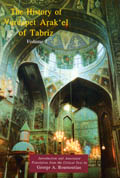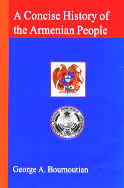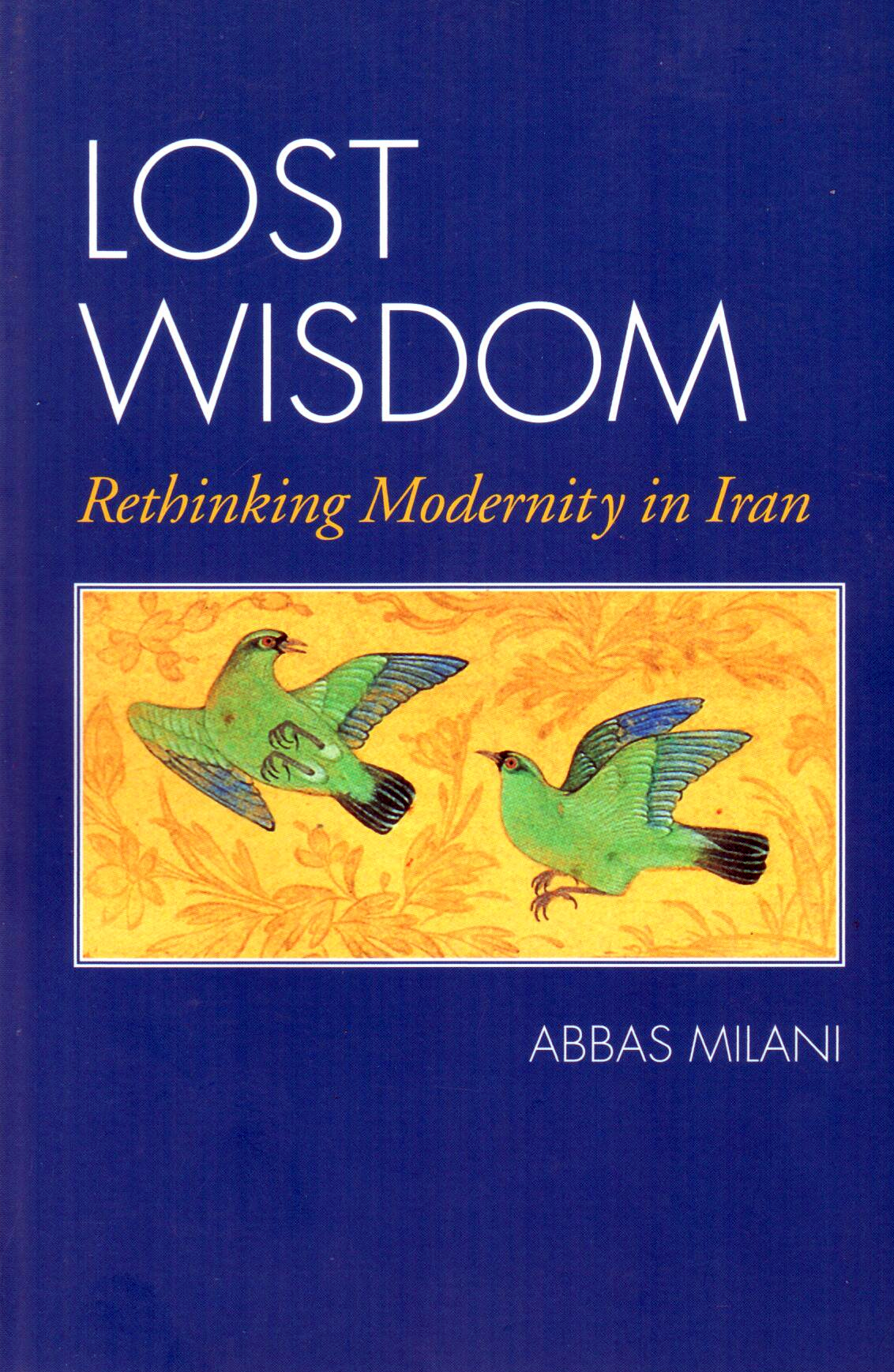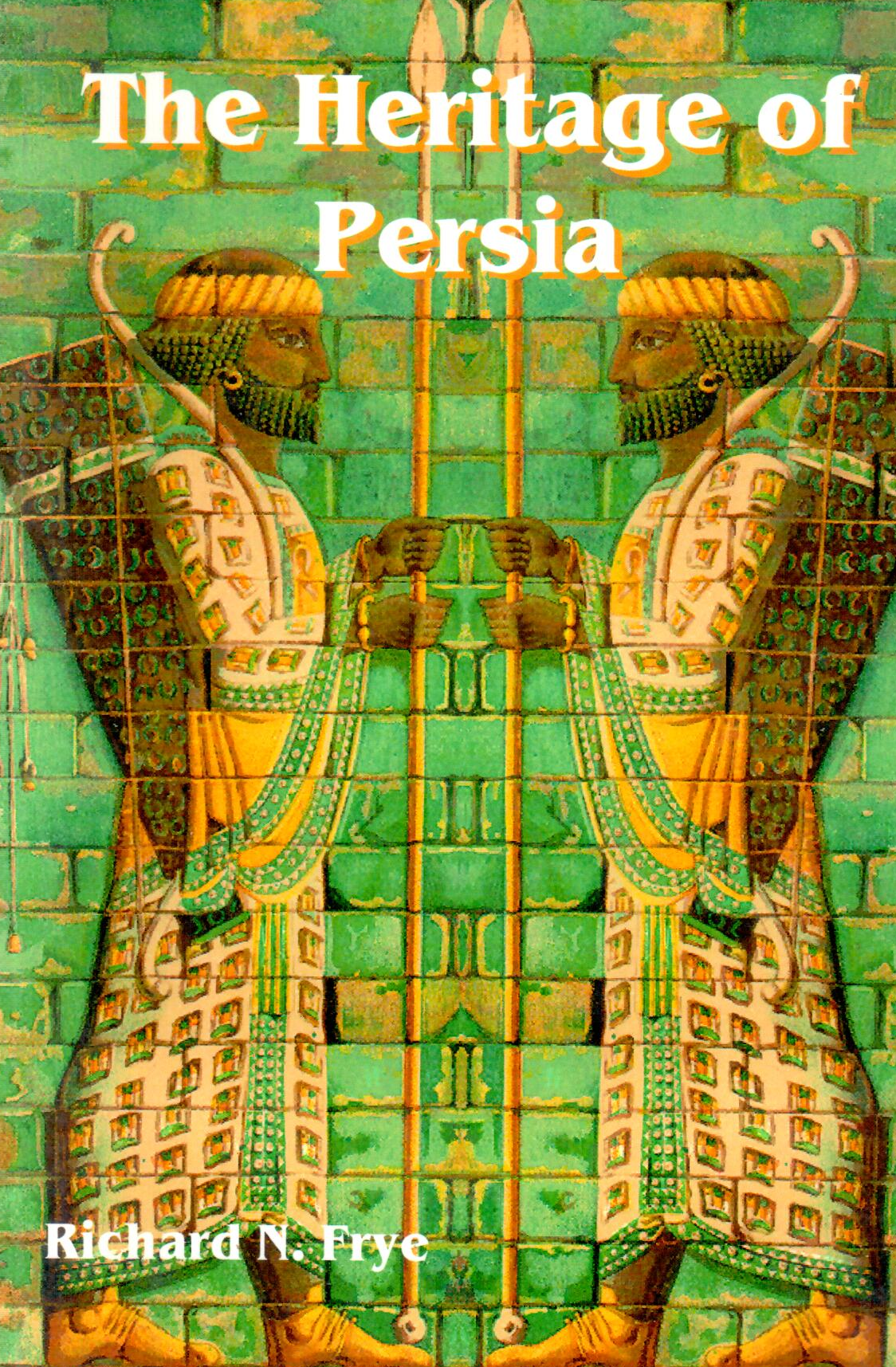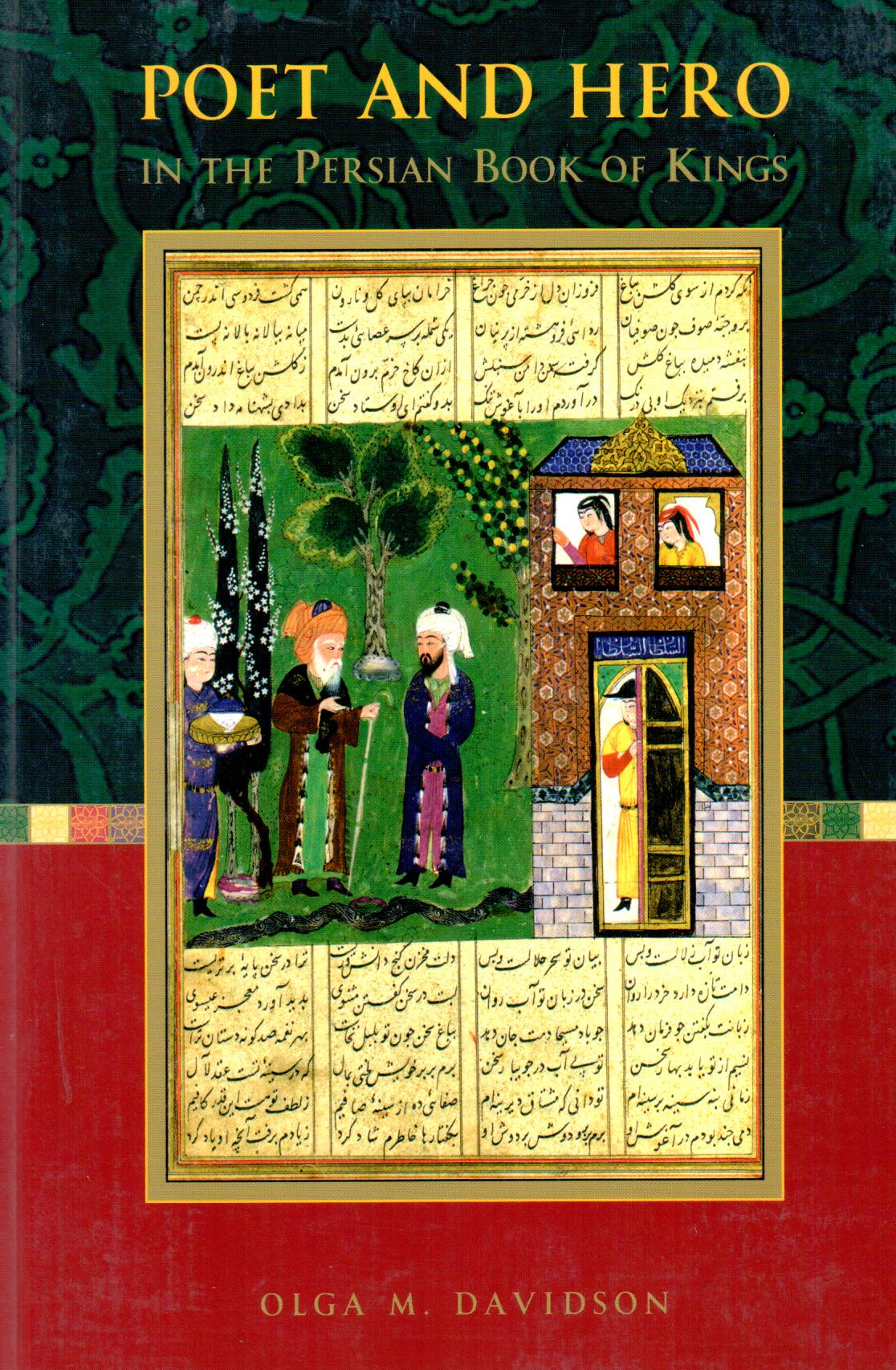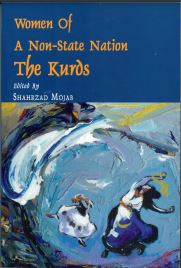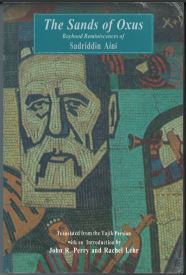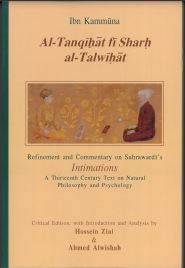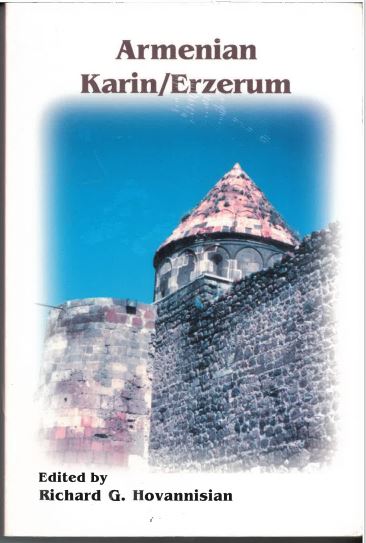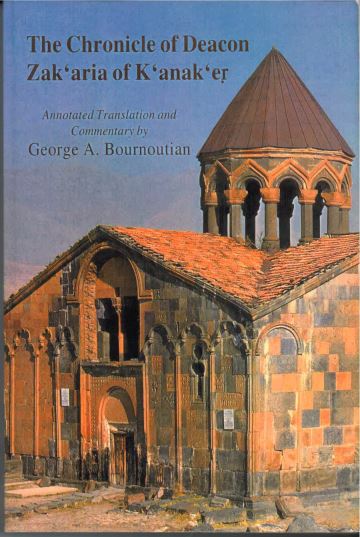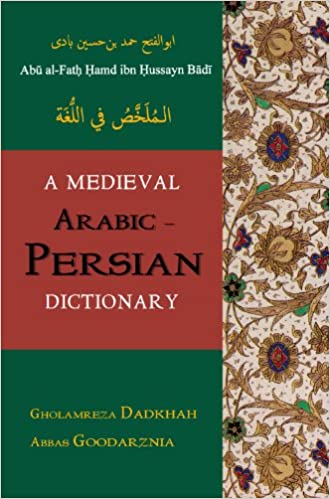History of Karabagh: Engelska 2004
History of Karabagh
274 SEK
Dela
Wishlist
ISBN:
1568591799
Översättare:
Bournoutian
,
George A
Förlag:
Mazda Publishers
Åldersgrupp:
Vuxen
Sidor:
199
Vikt:
500 g
Produktmått:
14 x 21 x 1
,
39 cm
Bokomslag:
Pocketbok
(For US customer $ 24.95)
Mirza Javanshir Qarabaghi's chronicle concerns itself with political and socioeconomic conditions in Qarabagh from the 1740s to 1806. It presents a fascinating account of the Khanate of Qarabagh, an important, albeit short-lived, entity, which was formed by the Javanshir khans following the death of Nader Shah in 1747 and which ended with Russian control of the province in 1806 and its formal annexation into Russia in 1822.
The history begins with the campaigns of Nader Shah Afshar in Transcaucasia and his forced relocation of Qarabaghi tribes. The struggle among Nader Shah's successors and the emergence of new contenders, such as Fath Ali Khan Afshar and Mohammad Hassan Khan Qajar, are depicted, as are their campaigns in Chelebi Qarabagh. The rise of Panah Khan and his son Ebrahim Khalil Khan of Qarabagh, King Erekle II of Georgia, and Hajji of Shakki during this interregnum and their struggles against each other for supremacy in the region is detailed as well.
Of additional interest to scholars of the region is the information on the Armenians of Qarabagh found in Mirza Jamal's history and in other Iranian and Azeri primary sources. The current crisi
more
(For US customer $ 24.95)
Mirza Javanshir Qarabaghi's chronicle concerns itself with political and socioeconomic conditions in Qarabagh from the 1740s to 1806. It presents a fascinating account of the Khanate of Qarabagh, an important, albeit short-lived, entity, which was formed by the Javanshir khans following the death of Nader Shah in 1747 and which ended with Russian control of the province in 1806 and its formal annexation into Russia in 1822.
The history begins with the campaigns of Nader Shah Afshar in Transcaucasia and his forced relocation of Qarabaghi tribes. The struggle among Nader Shah's successors and the emergence of new contenders, such as Fath Ali Khan Afshar and Mohammad Hassan Khan Qajar, are depicted, as are their campaigns in Chelebi Qarabagh. The rise of Panah Khan and his son Ebrahim Khalil Khan of Qarabagh, King Erekle II of Georgia, and Hajji of Shakki during this interregnum and their struggles against each other for supremacy in the region is detailed as well.
Of additional interest to scholars of the region is the information on the Armenians of Qarabagh found in Mirza Jamal's history and in other Iranian and Azeri primary sources. The current crisi
more



